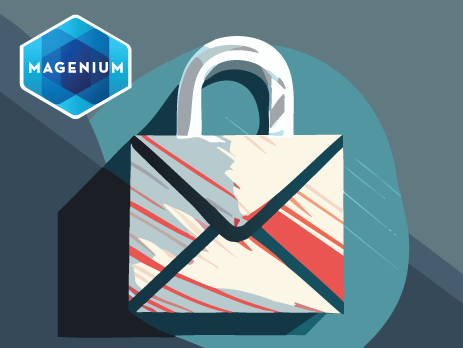New DMARC Requirements for 2024
Today’s guest blogger is Artur Polena, Cloud & Infrastructure Solutions Architect
What is DMARC?
DMARC, short for Domain-based Message Authentication, Reporting, and Conformance, is an email authentication protocol designed to help email administrators prevent fraudsters from spoofing email domains. It specifies whether spoofed emails should be allowed, quarantined, or rejected by recipients.
How Does DMARC Work?
DMARC acts as a gatekeeper to a receiving email server. When an email arrives from your sending domain and it isn’t verified with SPF or DKIM, you can use DMARC to tell the receiver to reject, monitor, or quarantine the message. DMARC requires either an SPF record or a DKIM record – better yet, both of them.
Why is DMARC Important for Companies?
Enhanced Email Security
DMARC gives organizations the power to govern their email domains and have visibility over emails that are being sent on their behalf. This allows security teams to quickly discover and halt any unauthorized emails being sent from their domains, protecting customers, employees, partners, and suppliers from potential exploitation by cybercriminals.
Improved Email Deliverability
DMARC helps businesses ensure emails reach intended recipients and avoid spam or malicious flags. If your email server isn’t configured correctly, your emails could be getting sent to spam.
Increased Visibility and Control
DMARC allows tracking of email traffic and policy adjustments as needed. This improves email deliverability and overall email marketing effectiveness.
Enhanced Reputation
Companies that send millions or even billions of emails each year can improve their overall email reputation score and trustworthiness by using DMARC.
What’s Changing, When, and by Whom
Throughout 2024, a number of major email providers are putting DMARC policies in place that can and will affect email deliverability. If your organization uses email (which is everyone), this will have an impact on you at some point.
January 2024
Apple did not set a date for publishing a DMARC policy, but all other requirements were stated as ones that should be in place now. So, it’s best to assume this means immediately.
February 2024
This is Google and Yahoo’s initial deadline to meet new requirements. This affects email domains that send over 5000 emails a day to gmail or yahoo addresses for now.
Google provided further clarification about the February deadline after its initial announcement. It stated that bulk senders who don’t meet sender requirements will start getting SMTP protocol-level temporary errors (with error codes) on a small percentage of their non-compliant email traffic. These temporary errors are meant to help senders identify email traffic that doesn’t meet the new guidelines and start addressing their non-compliance.
April 2024
Google will start rejecting a percentage of non-compliant email traffic and will gradually increase the rejection rate. For example, if 75% of a sender’s traffic meets their requirements, they will start rejecting a percentage of the remaining 25% of traffic that isn’t compliant.
June 1, 2024
This is Google’s revised deadline for bulk senders to implement One-Click Unsubscribe in all commercial, promotional messages.
Deploying DMARC at Your Organization
DMARC, while being a potent tool for enhancing email security, improving deliverability, and boosting a company’s email reputation, is not without its complexities. The deployment of DMARC can be a challenging task, given its intricate nature and the need for precise configuration.
However, these challenges should not deter companies from leveraging the immense benefits DMARC offers. It’s crucial to remember that help is available. Whether it’s seeking advice from cybersecurity experts, employing automated tools, or outsourcing to a managed service provider, companies can navigate the complexities of DMARC deployment.
In the end, the effort invested in implementing DMARC will pay dividends in the form of enhanced security, improved deliverability, and a stronger reputation. So, let’s embrace the challenge and make the digital world a safer place for all. If you’re a company struggling with DMARC, remember, you’re not alone, and help is just around the corner.
Need help with DMARC? Contact us today.
